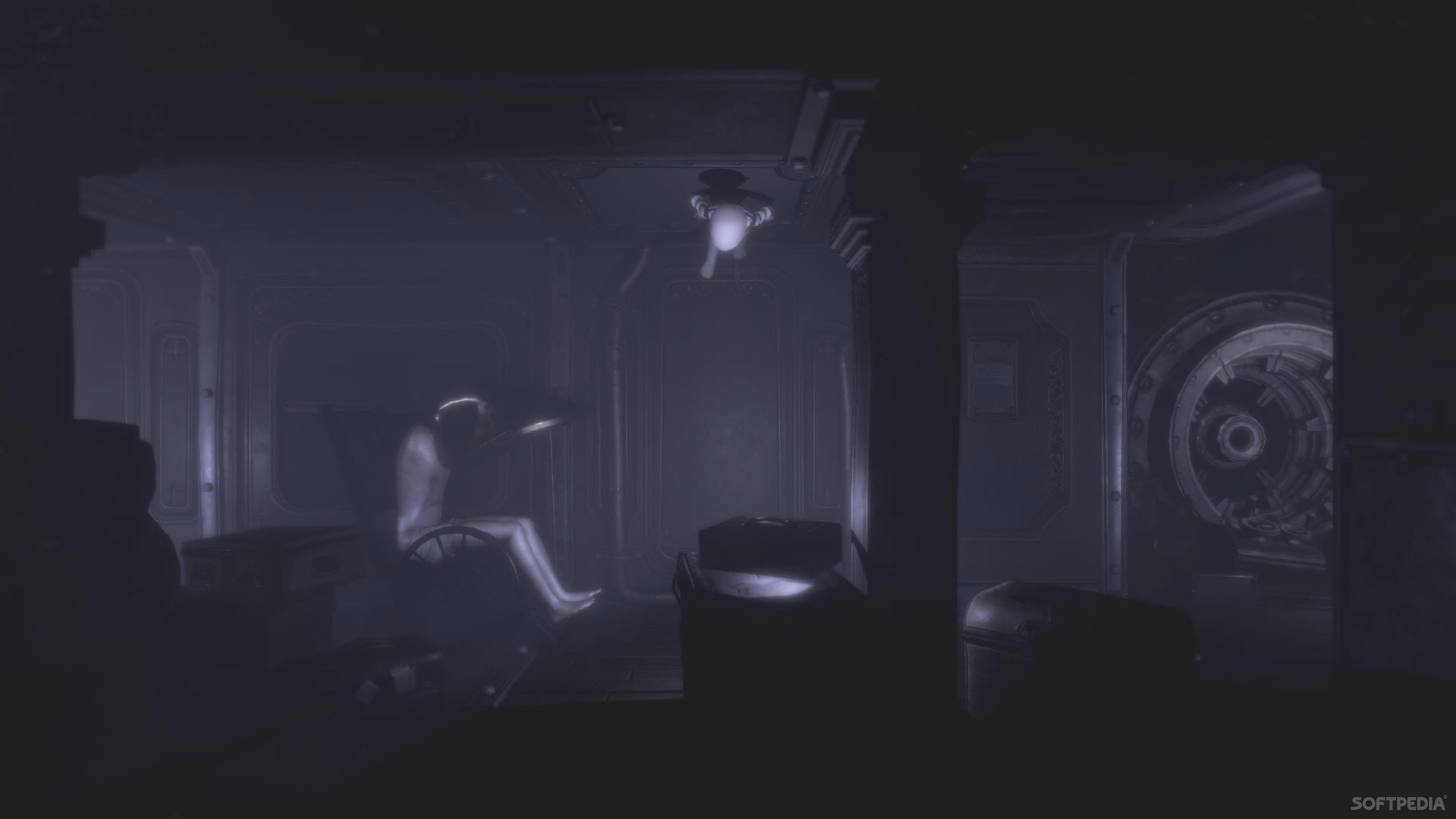

On the right I used a rotor to try the same and on the middle I used a piston. The large hydrogen thruster on the left is built on a hinge and has a merge block on one of its sides. When you try the same with a rotor or a hinge they don't merge, as seen on the first screenshot. When two merge blocks (one static, the other on a subgrid) are brought close to each other with a piston they merge as intended. So I tried with a rotor and a piston (built on the same grid as the hinge) to see if the problem happened too, and it happened only with the rotor. But no matter how many times I tried, the merge blocks never merged. We left New Orleans feeling inspired to keep democratizing data access and looking forward to next year’s meeting.As I was building a small grid cargo shuttle I wanted to add hinge-mounted large hydrogen thrusters on it and lock them in place with merge blocks once they had moved to the desired orientation.

Here’s just a sliver of some of the posters at PAA this year that were #poweredbyIPUMS. It’s always exciting to see the many posters and presentations using IPUMS. Boyle pioneered IPUMS Global Health, democratizing access to women and children’s health data and unleashing innovative new streams of cross-national comparative research. Presser Award for her record of sustained research contributions to the study of gender and demography. We also were thrilled to celebrate with Elizabeth Heger Boyle.


This year was a little extra special because we also gathered to celebrate 30 years of IPUMS. We love having conversations with users at our booth, at poster sessions, at presentations, or even just in the lobby. We attend the Population Association of America (PAA) annual meeting every year and we are always inspired by the outstanding research being shared.


 0 kommentar(er)
0 kommentar(er)
